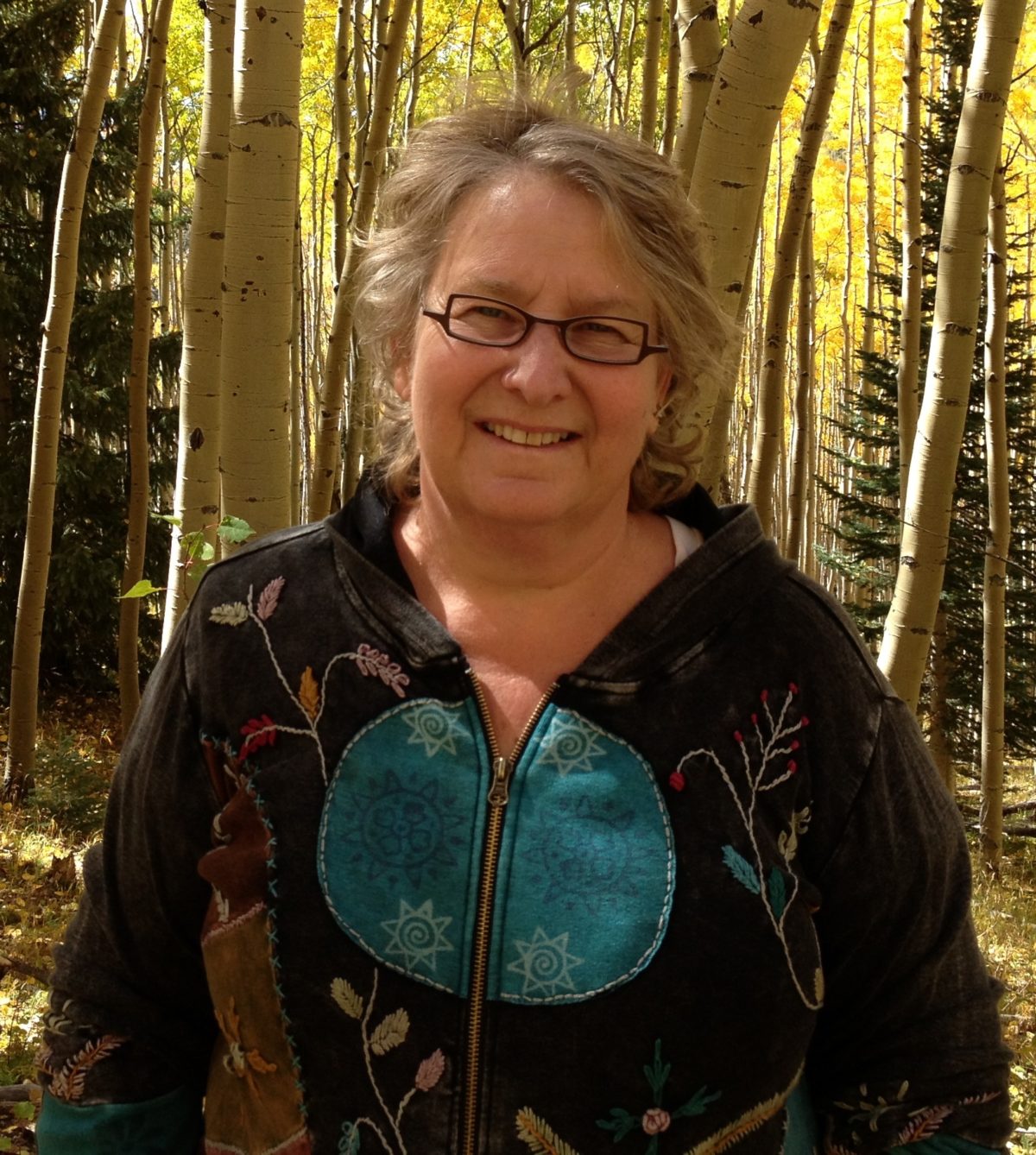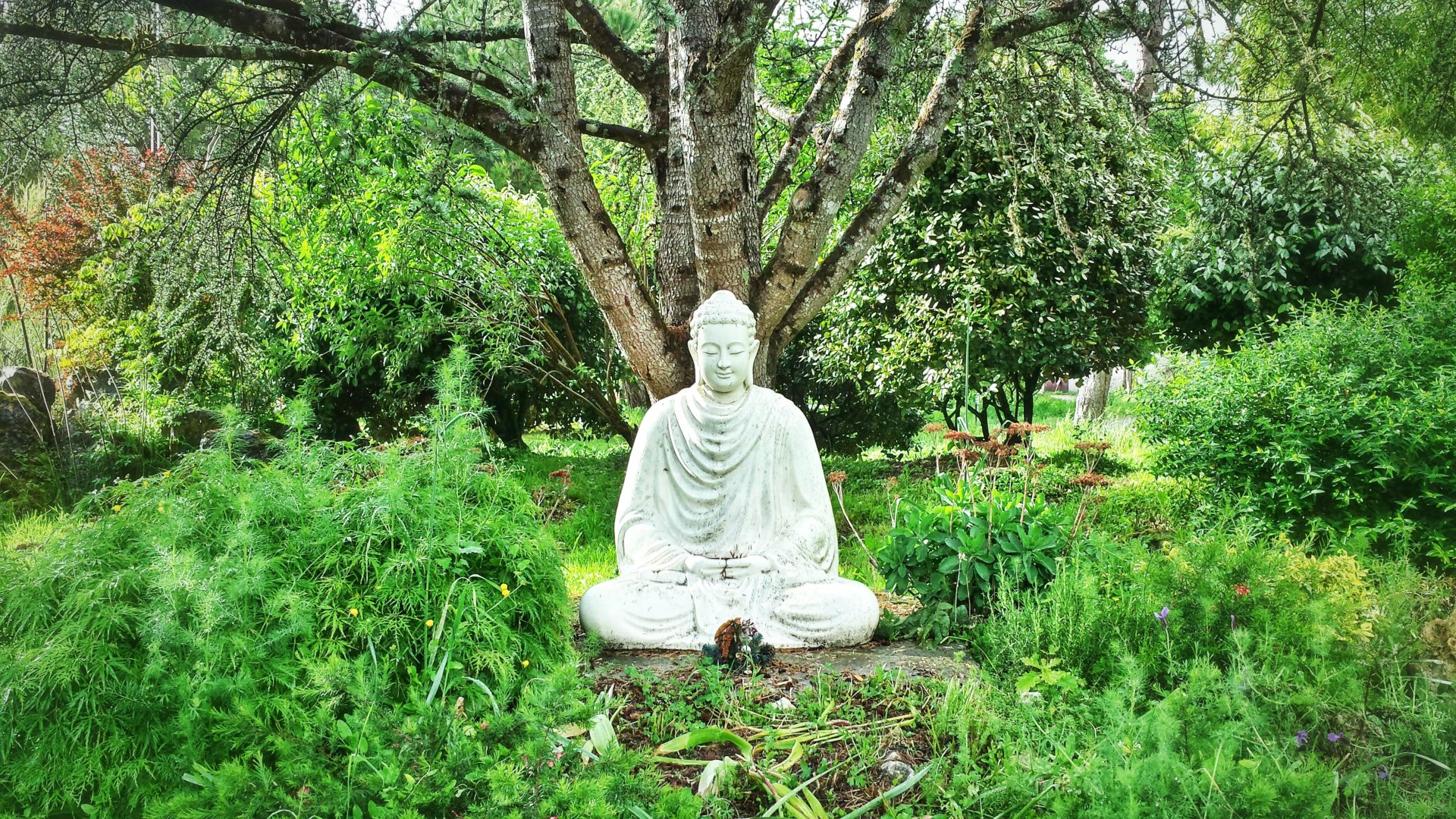
By Nomi Green
In February of 2013, I was one of 40,000 people who met in Washington, D.C., during a cold and windy weekend to protest the Keystone XL pipeline. The pipeline is targeted to carry 830,000 gallons of tar sands oil a day from a beautiful, pristine, indigenous area of Alberta, Canada, to Port Arthur, Texas. NASA climate scientist James Hansen has stated that digging up the tar sands oil from this region “would be game over for the environment,” because large quantities of carbon would be released.

By Nomi Green
In February of 2013, I was one of 40,000 people who met in Washington, D.C., during a cold and windy weekend to protest the Keystone XL pipeline. The pipeline is targeted to carry 830,000 gallons of tar sands oil a day from a beautiful, pristine, indigenous area of Alberta, Canada, to Port Arthur, Texas. NASA climate scientist James Hansen has stated that digging up the tar sands oil from this region “would be game over for the environment,” because large quantities of carbon would be released.
That evening, after we walked to the White House, a small group gathered to hear the stories of women who were taking action to stop the pipeline. First, we listened to indigenous women. They told of the suffering that their families, the animals, and the land are experiencing. Their children are sick and can’t breathe, as they develop asthma from the tar smoke. The traditional way of life is being destroyed: moose and fish have “cancers grow[ing] outside their bodies.” The women who spoke were broken-hearted. They said, “We don’t have time to grieve; every time we turn around they take something else.”
Next we heard from Texan women who live along the route of the pipeline and who are standing up to stop the project. One story in particular moved me. It was told by a very small, soft-spoken woman in her seventies. She talked about how her husband, who had recently died, had been an oil and gas man. When she was told the pipe would cross her property, she originally had no objection. As the builders began, however, she saw what little regard they had for the reclamation of the soil or for water runoff, which would cause erosion on her land. This caused her to reflect. Her concern grew; if the construction of the pipe itself was being done so recklessly, what would happen if there was a problem? She ultimately decided to oppose the pipe. She stood in front of a bulldozer to stop the construction on her land and was arrested for doing so.
Right Action
Something about hearing these stories caused my aspiration to grow. My deepest heart’s desire is to lessen the suffering of climate change. With my volition clearly in mind, I began to ask myself, “What is right action for me?” I spent some months reflecting on this question. I wondered how the Buddha and Thay came to know what right actions to take in different situations.
In my youth I participated a number of times in nonviolent civil disobedience to stop the use of nuclear weapons and nuclear power. It was effective as a way to draw attention to that important issue. The lack of a significant worldwide response to climate change drew me to consider using nonviolence again. Is nonviolent civil disobedience right action, I wondered? I sat with this question for a very long time. What would Sangha wisdom tell me? When I have a question that lingers, I bring it to the Sangha, asking for the community’s eyes to assist me in finding the answer. So, with this question in my heart, last summer I turned to Thay Phap Ho. He helped me look deeply within and ask myself what my right action might be. What qualities and skills did I already possess that would allow me to make a contribution that was right for me?
The Mindfulness Trainings
The first of our Five Mindfulness Trainings instructs us “to protect the lives of people, animals, plants, and minerals.” The second training says that we will practice to not take “material resources from those who are in need,” and also practice seeing that the “happiness and suffering of others is not separate from our own happiness and suffering.” How do we live these words fully with all beings in mind?
One step I’ve taken is to begin training people in nonviolent civil disobedience. In this way, I can encourage and support others in taking a principled, peaceful stance for all life on our beautiful planet. In the last year I have trained three groups in northern New Mexico, with the objective of stopping the Keystone XL pipeline. We have created a small band of thirty-five climate champions who are committed to mindfully standing up for life.
Another step I’m pursuing is to peacefully stand in public places, reminding others of the necessity to act in ways that ensure all beings have a chance to live. This is no small task, as currently it is estimated that three species become extinct each hour. Yet actions such as these, and those of all bodhisattvas who have gone before us—including Martin Luther King Jr. and Mahatma Gandhi—have been extremely successful in making changes. In fact, during the last forty years there have been eighty-five peaceful, nonviolent revolutions around the world.
To avoid becoming driven and drained by the work to lessen suffering, I have to hold my aspiration lightly. I do my best to practice a middle path that walks between anger and attachment to views on one side, and despair on the other. To keep my freshness alive, I aspire to practice being aimless with my goal. I take each step because it is the right next step for me at that present moment, without holding tightly to any end result.
As an example, on a cold morning in May of this year, I stood outside the office of our local electric company as board members arrived to attend their annual meeting. I held a sign with a picture of young Native American children who live near the coal-fired power plant owned by this utility. The children are using inhalers to breathe. The asthma rates are very high in the area where they live, due to the pollution from coal smoke. As I stood on the street, my intention was to open the hearts of board members to the suffering of other beings whose lives might seem remote to them. And yet, I had to keep letting go, not knowing if my action would bear any fruit at all.
These practices have brought me deeper and deeper into the sacredness of our lives and the lives of all beings. In fact, the steps I am taking cause me to be more acutely aware of the preciousness and interconnectedness of all life.
In many ways, the volition toward right action has become my practice, a practice of interbeing. Daily I turn to the natural world to refresh myself, receiving solace from my time in nature. The abundance of refreshment that is available to me when I connect with Mother Earth gives me energy to continue taking small steps in gratitude to her.

Nomi Green, True Source of Virtue, lives in Santa Fe, New Mexico, and practices with the Desert Rain Sangha. She enjoys wandering in beautiful places on our precious planet, Mother Earth, the jewel of the cosmos.

